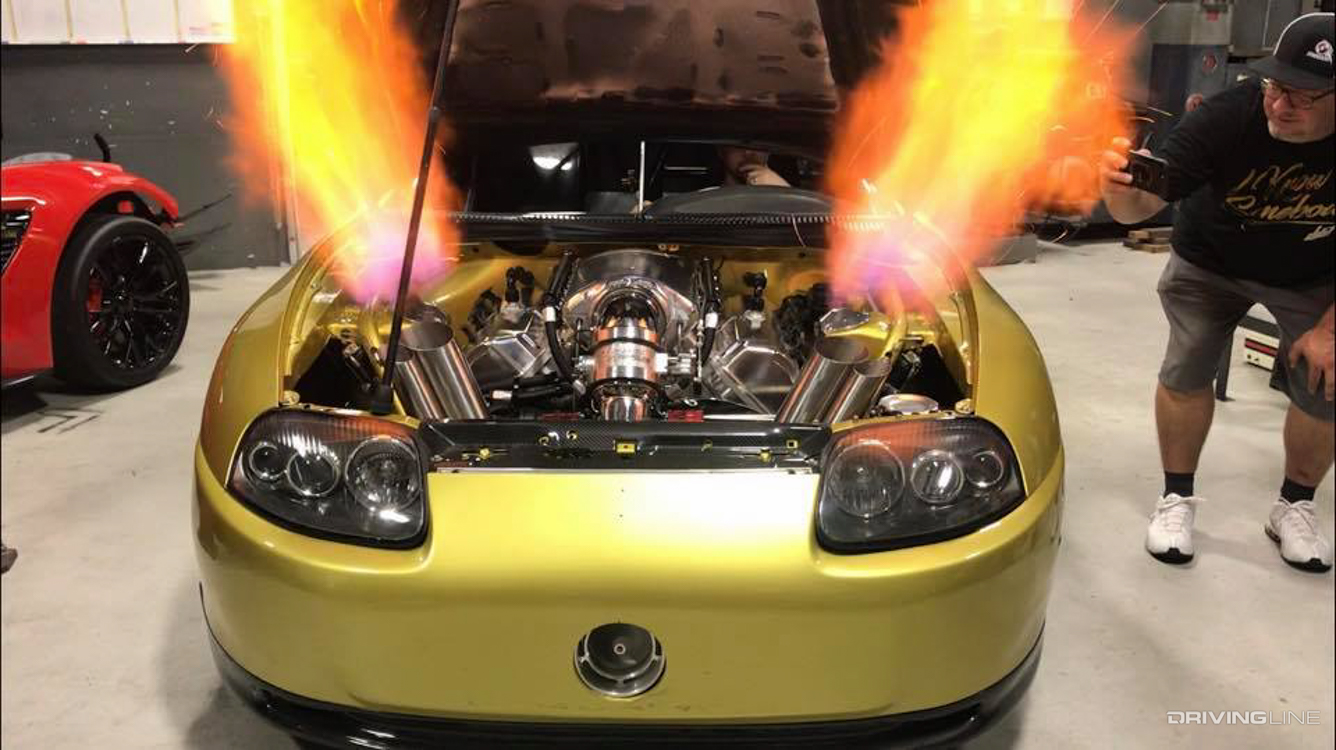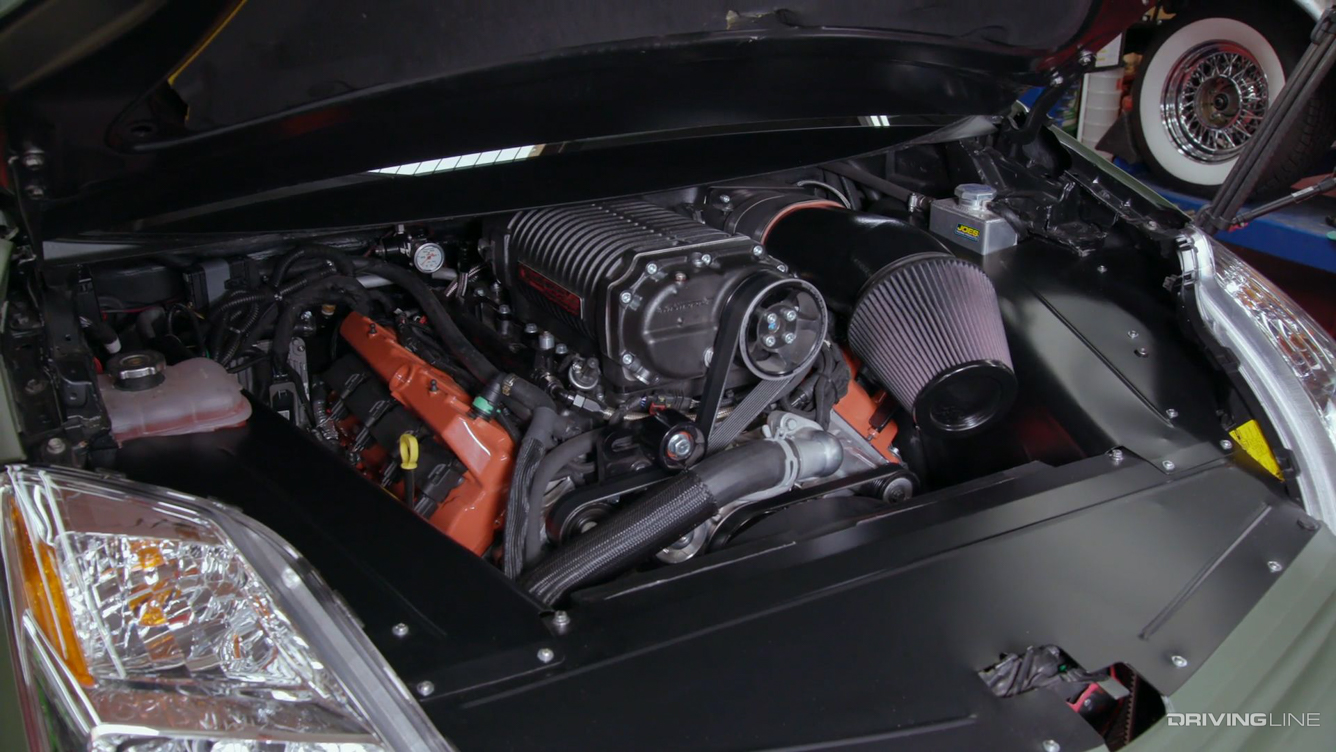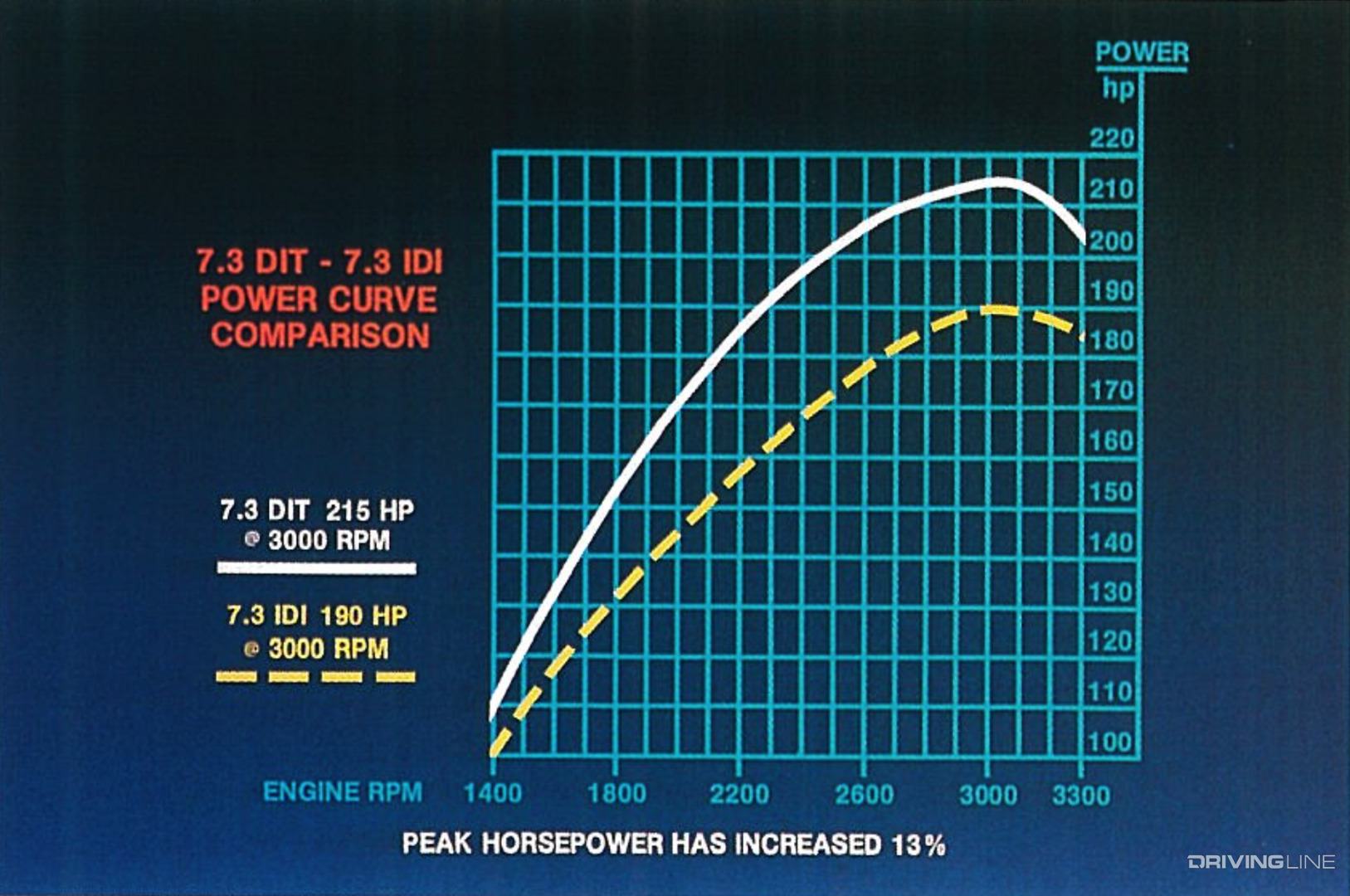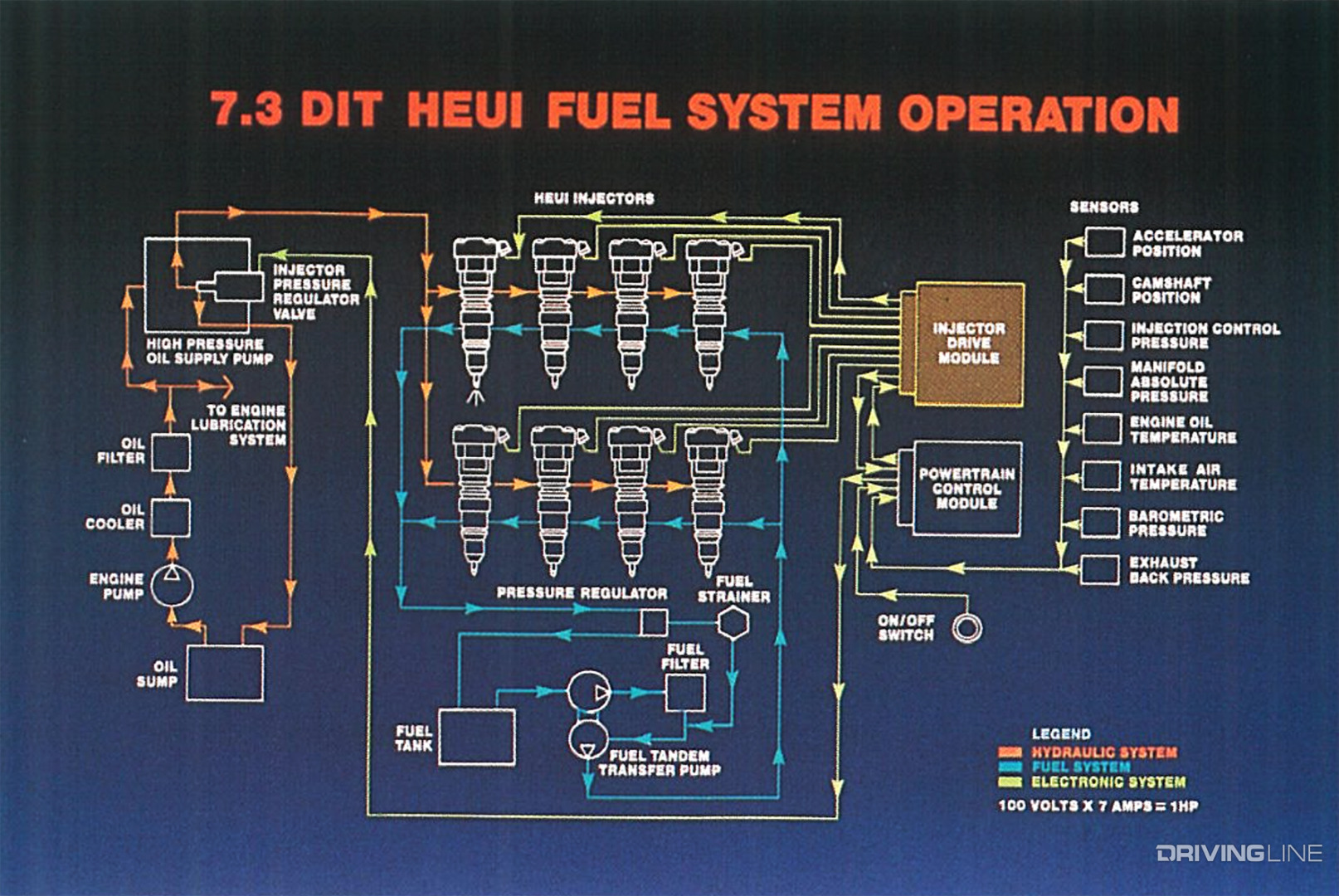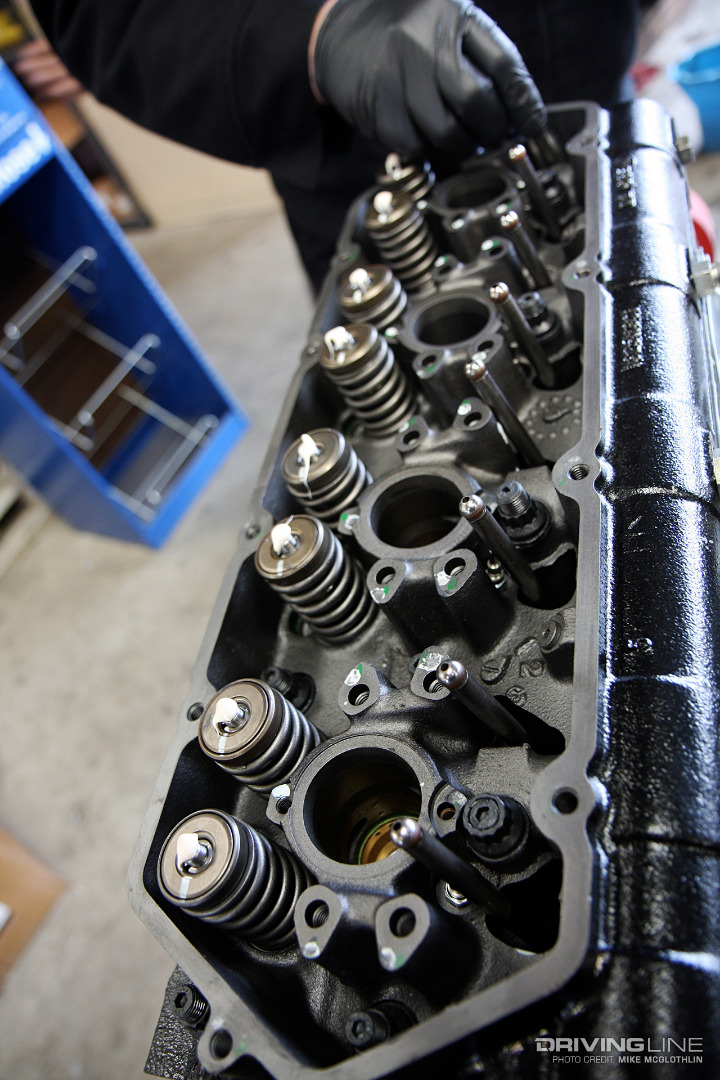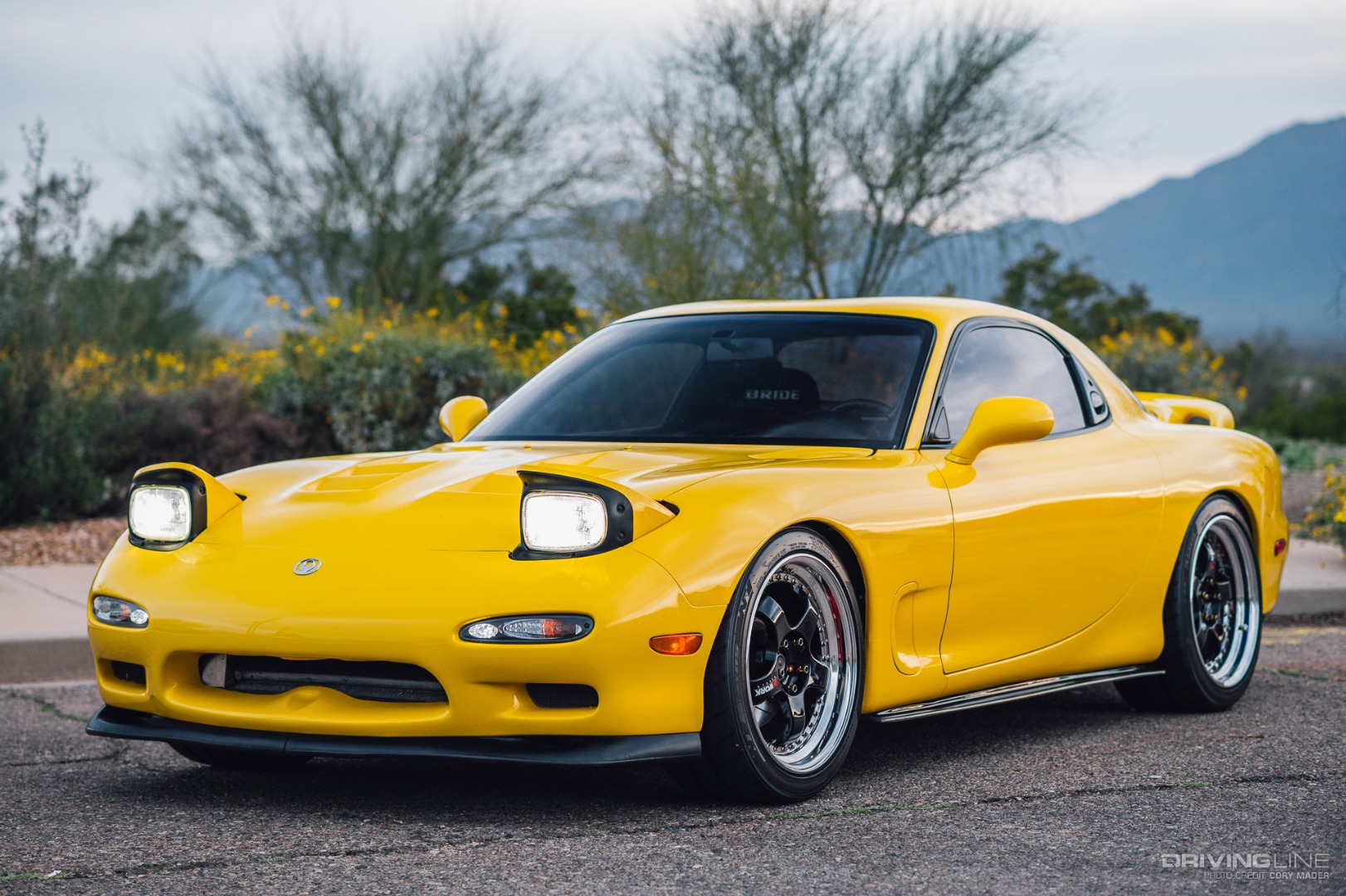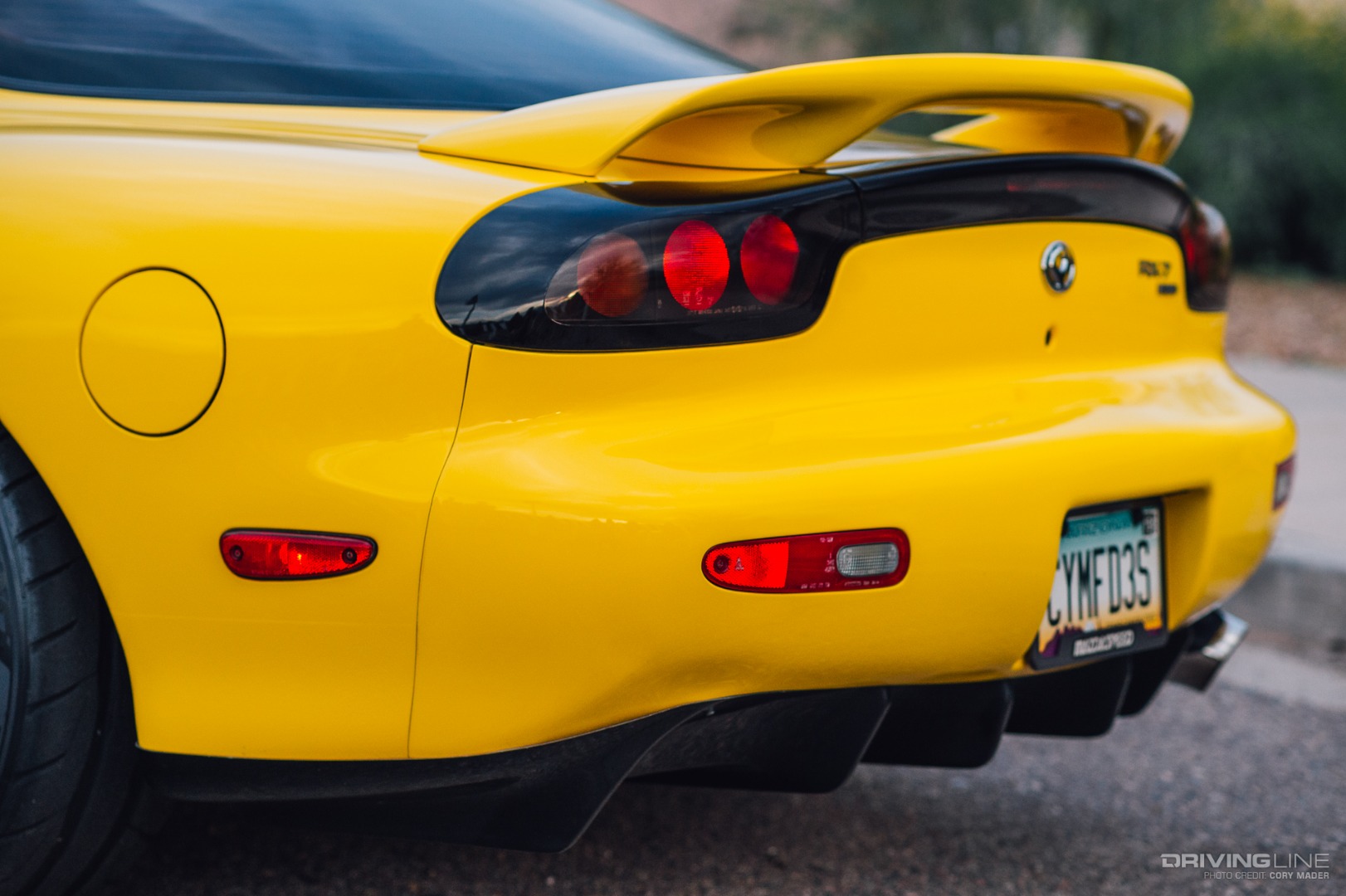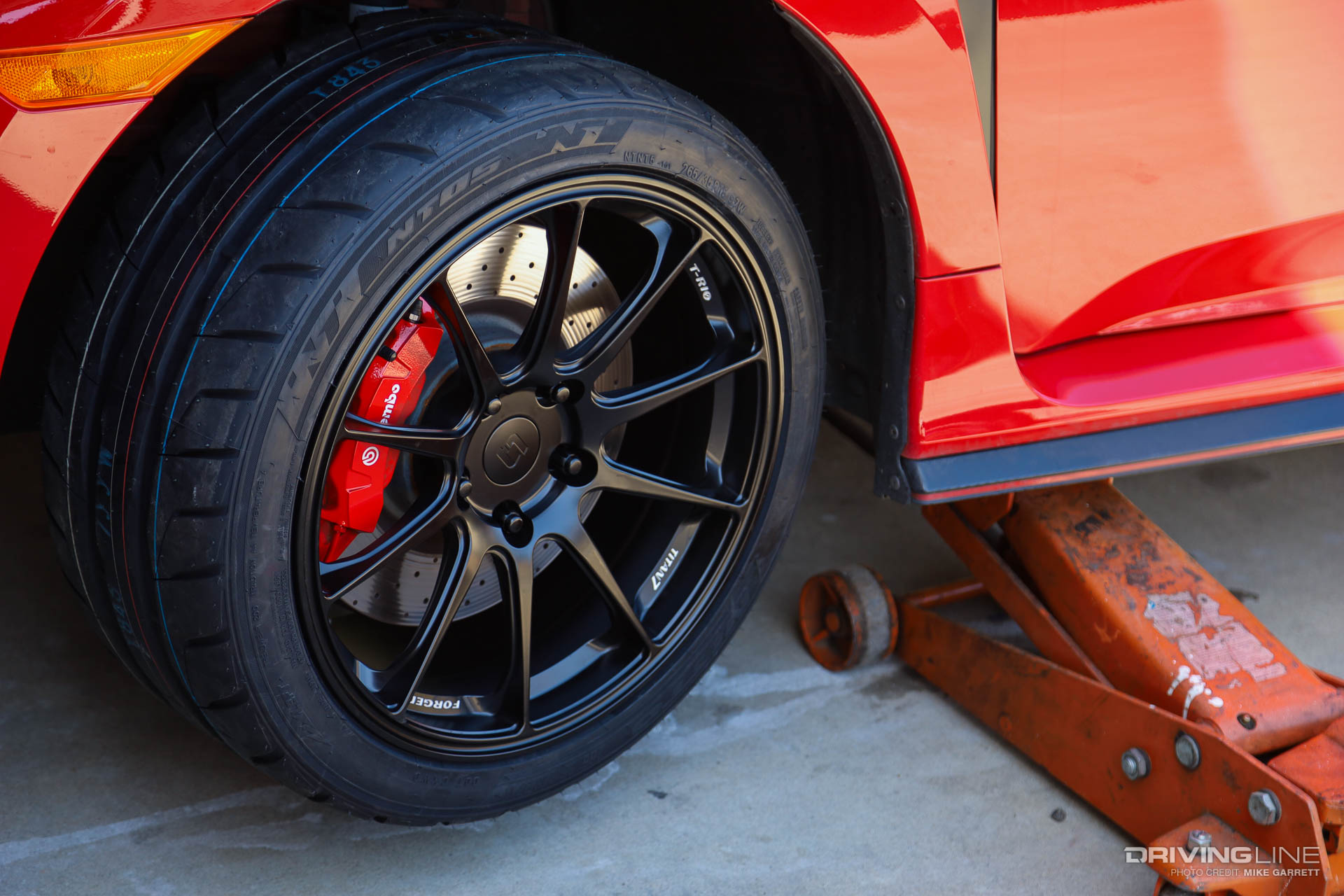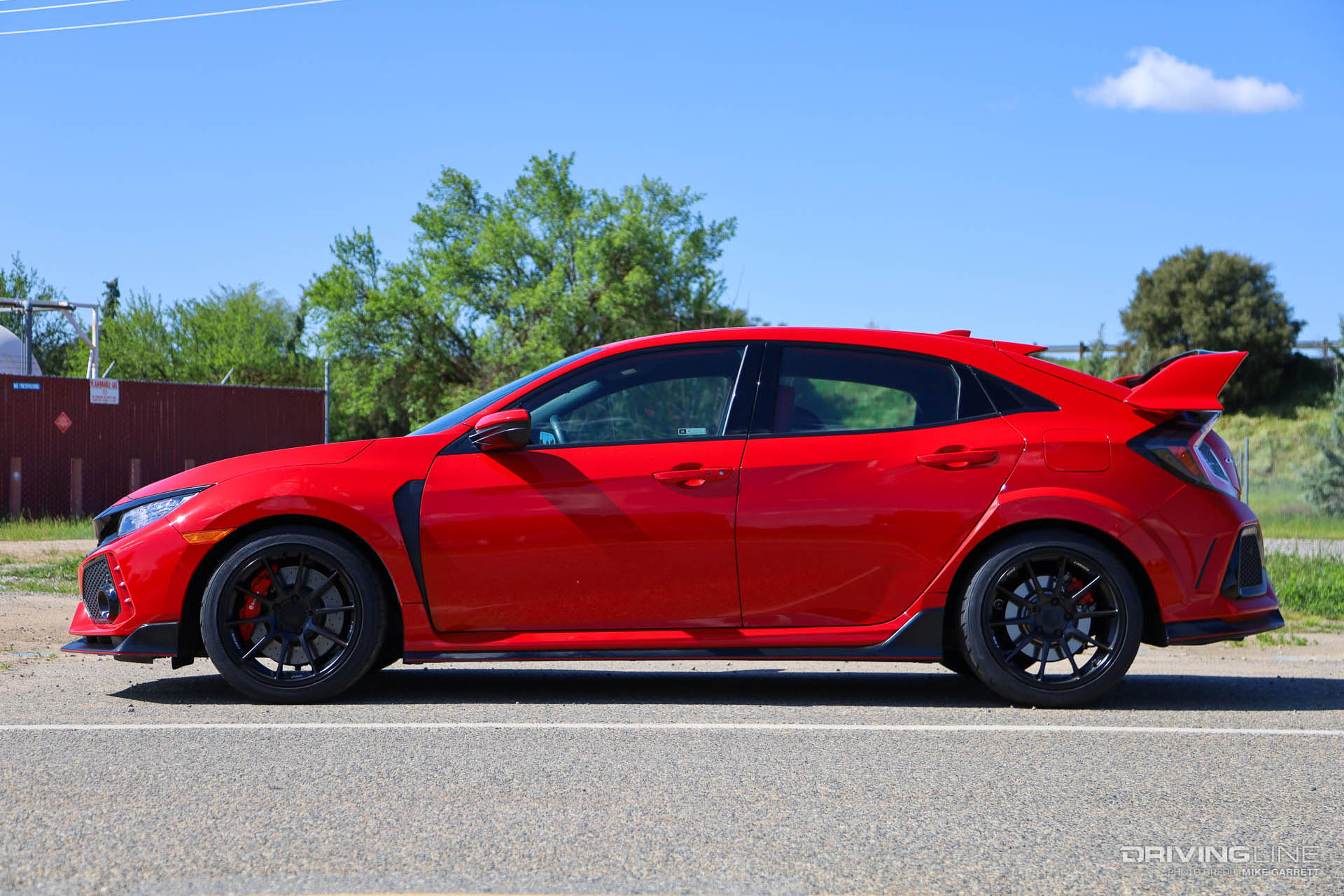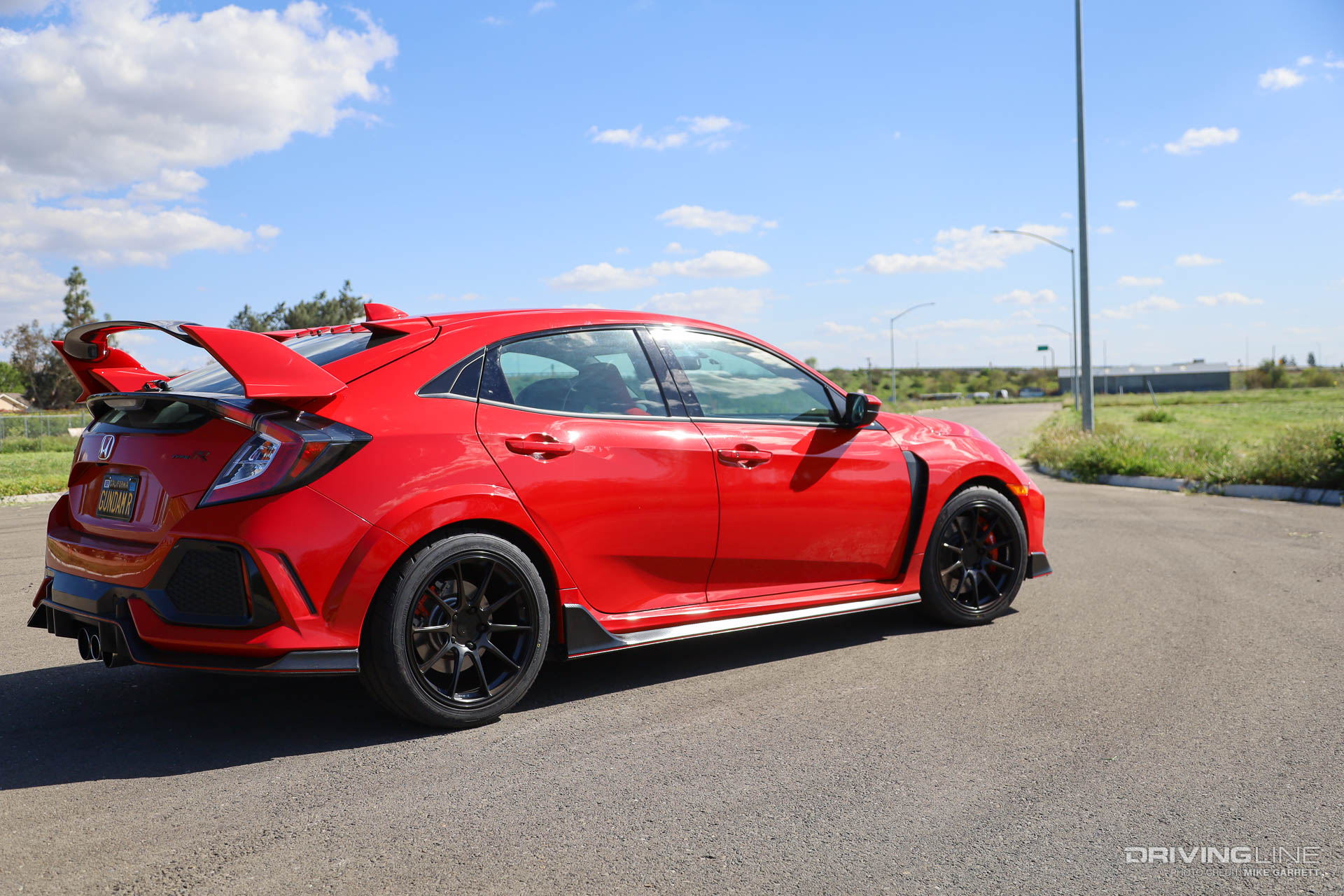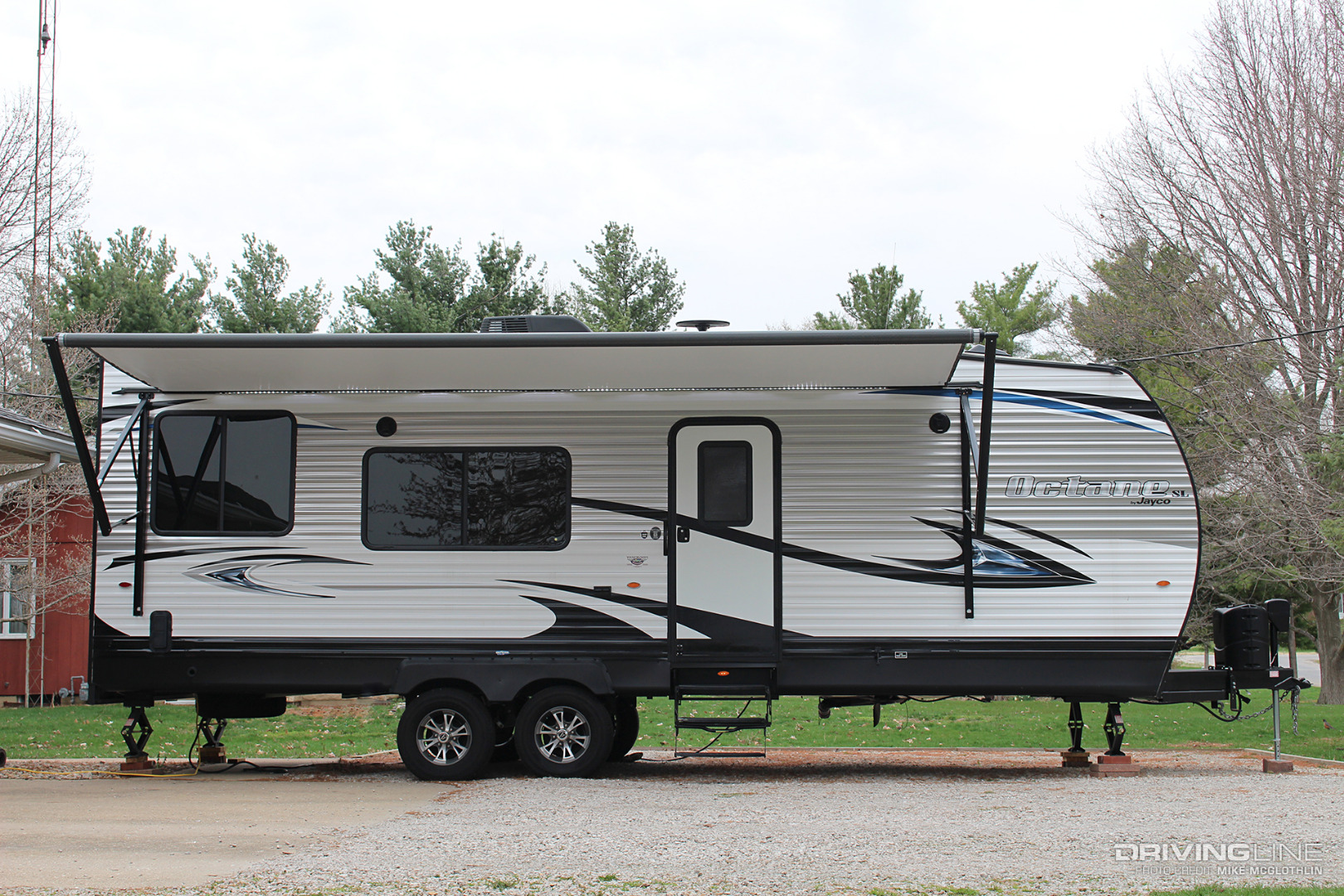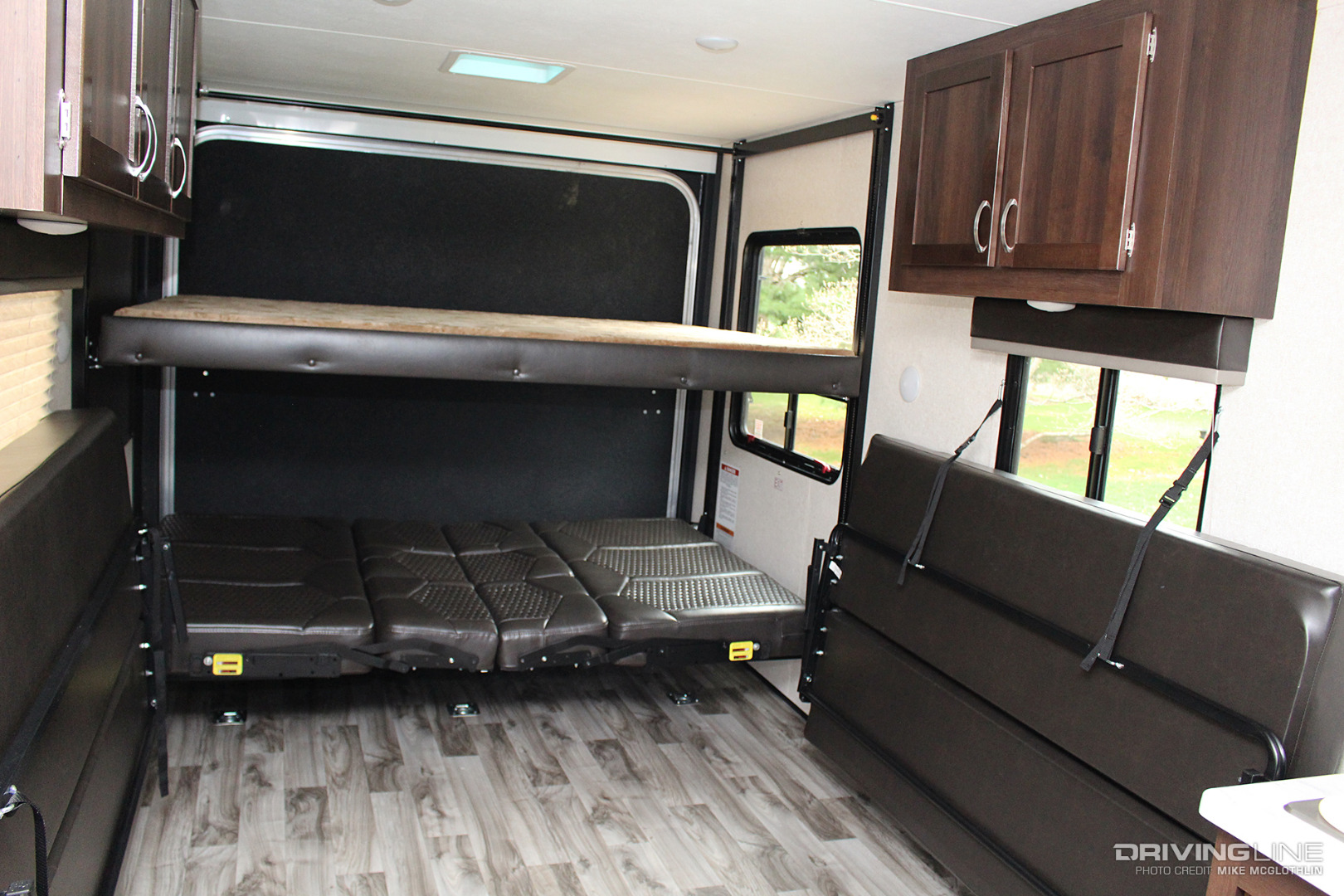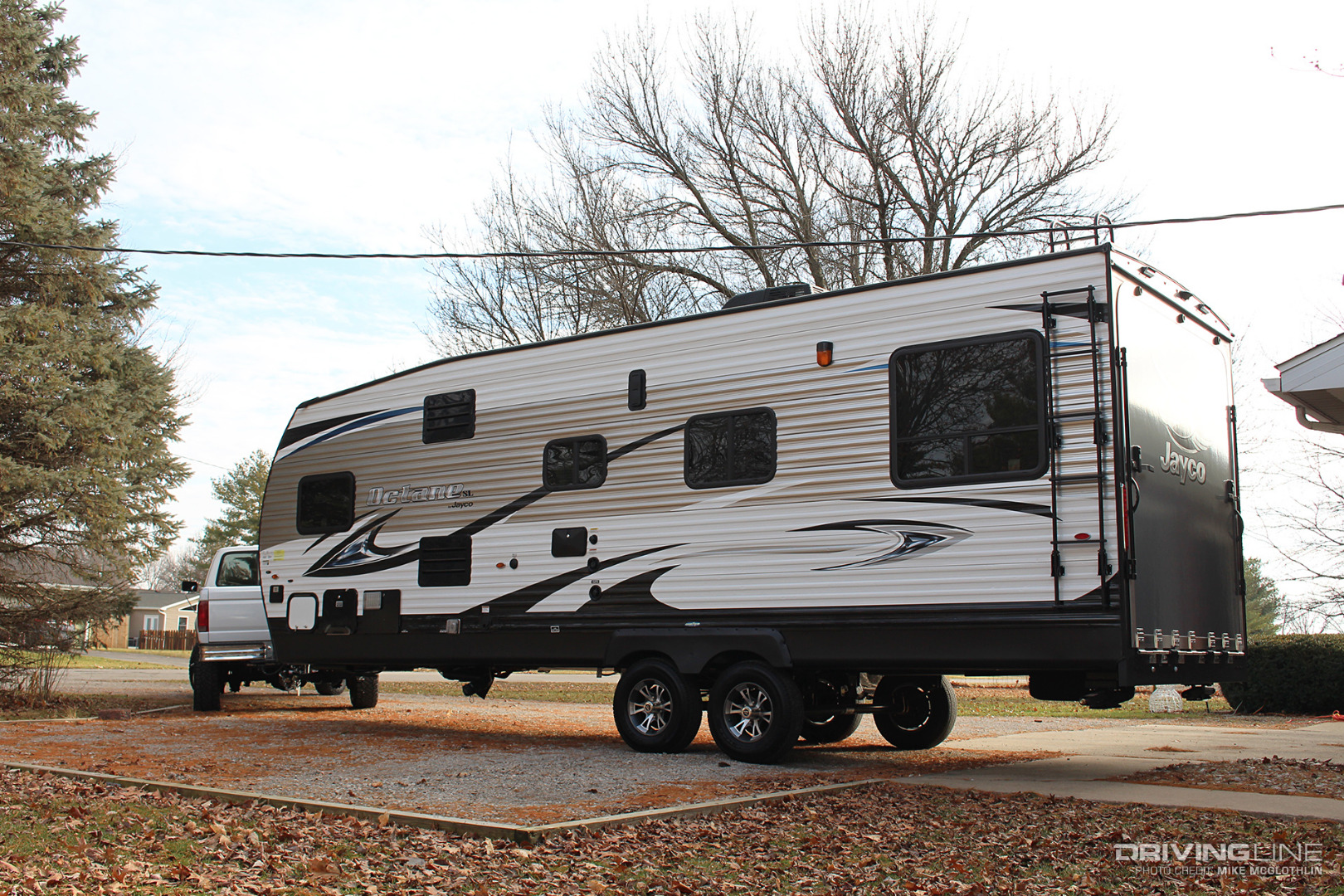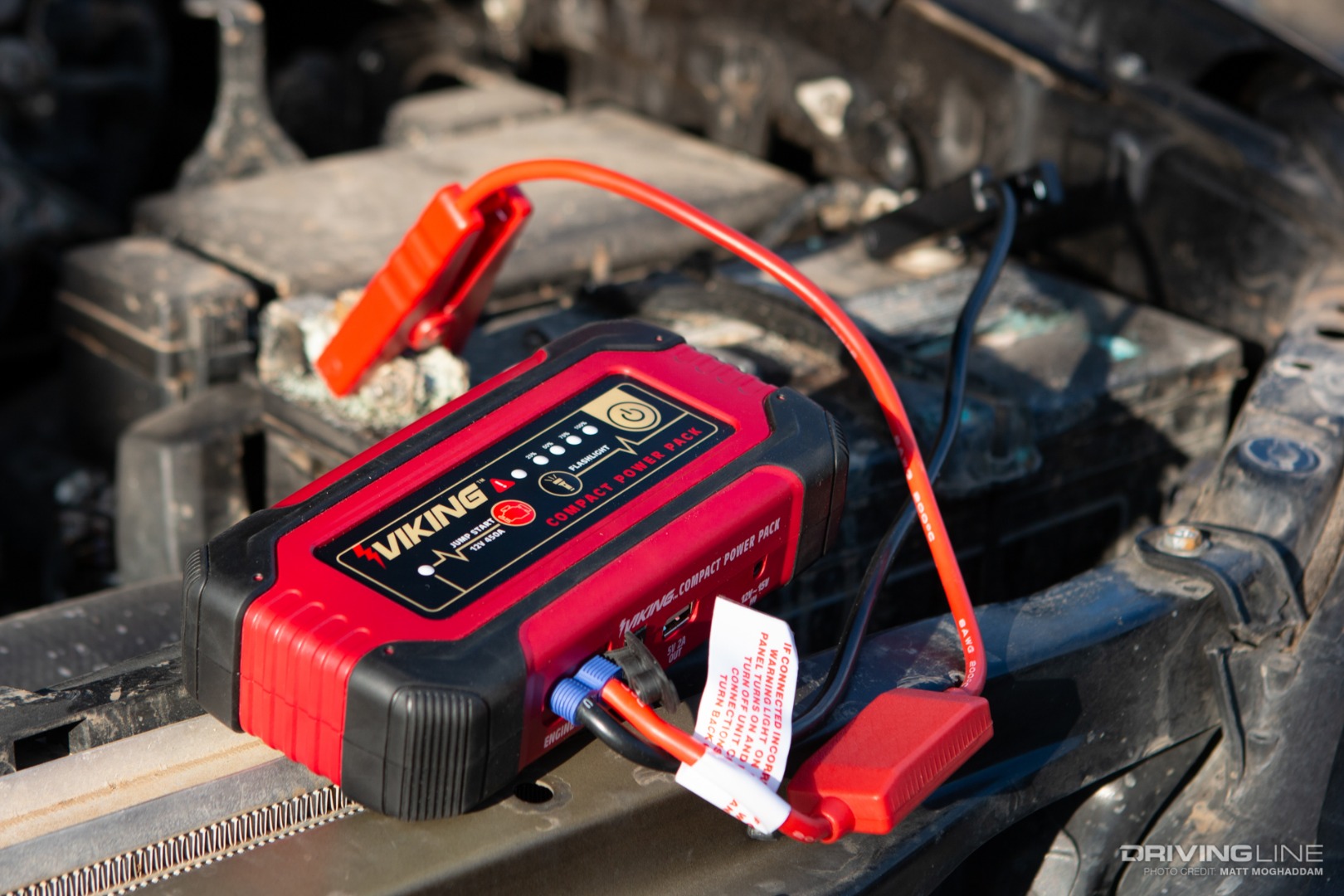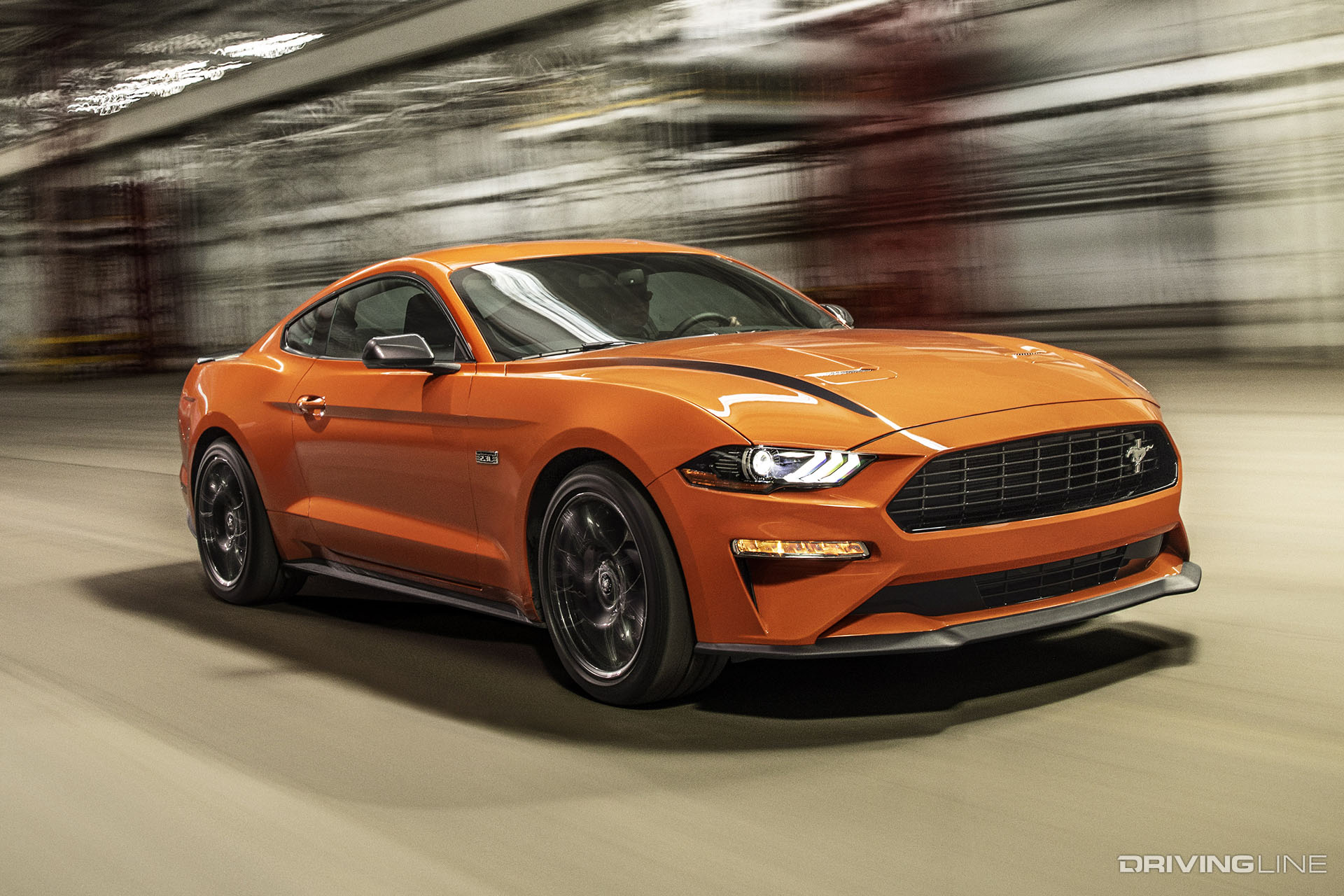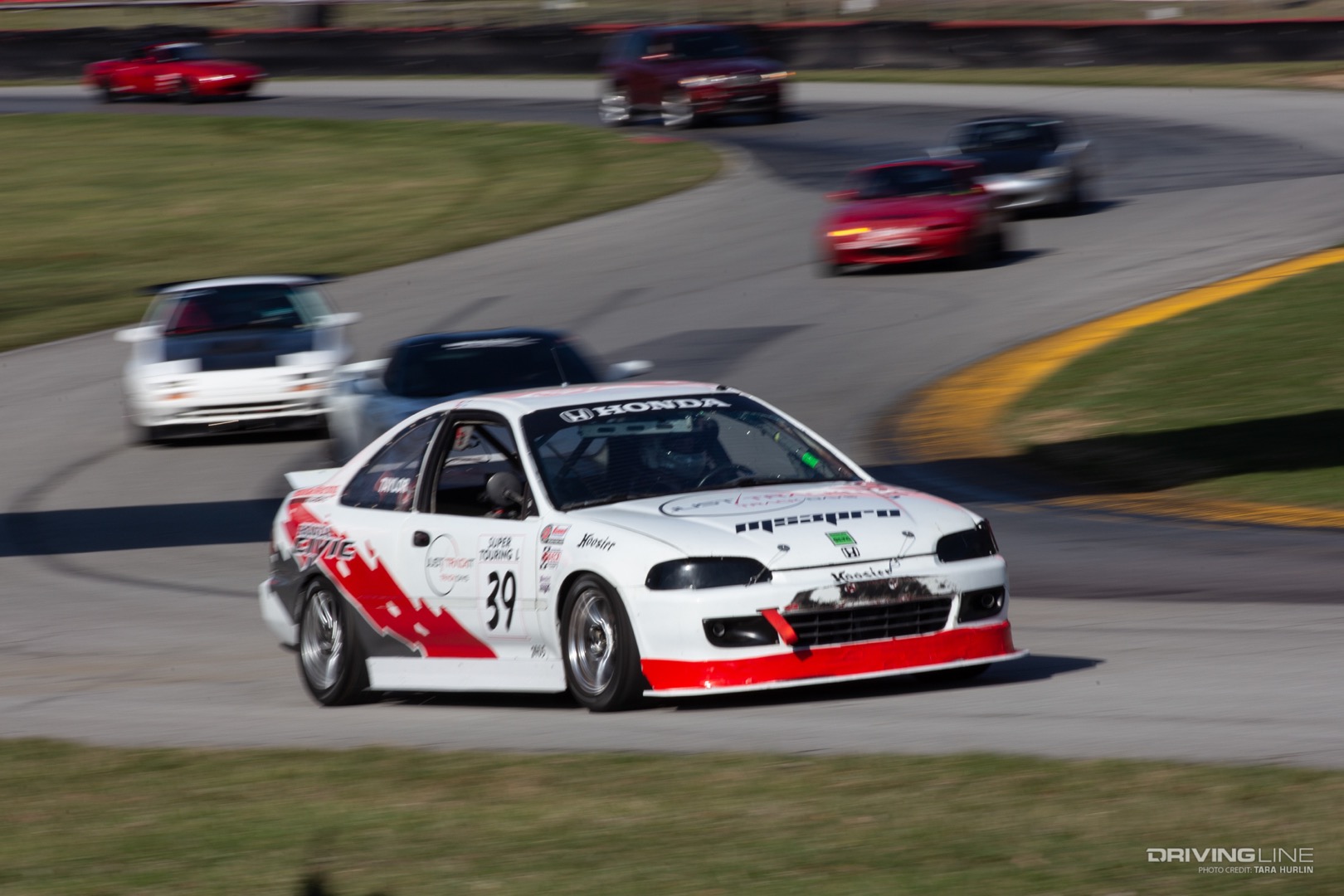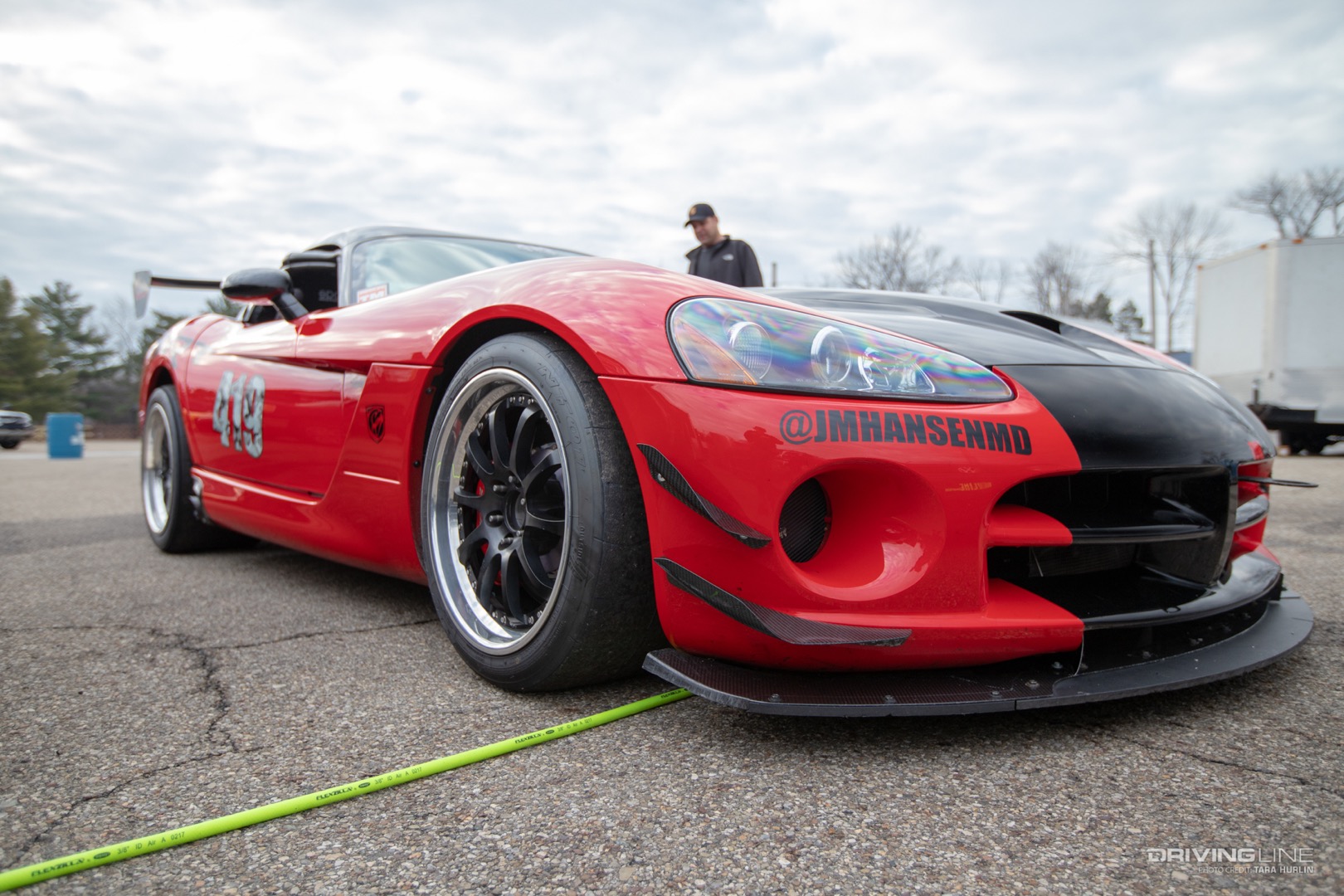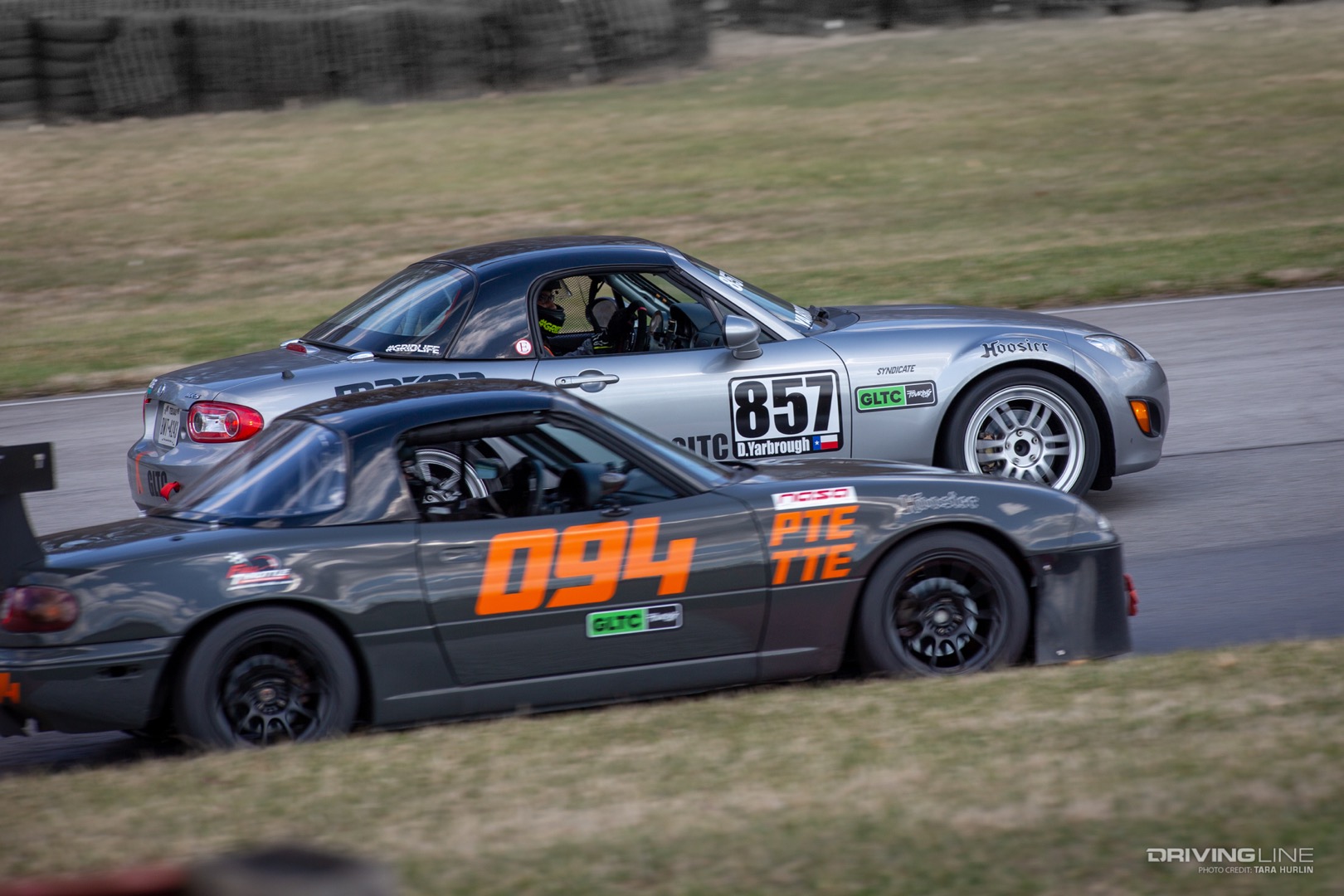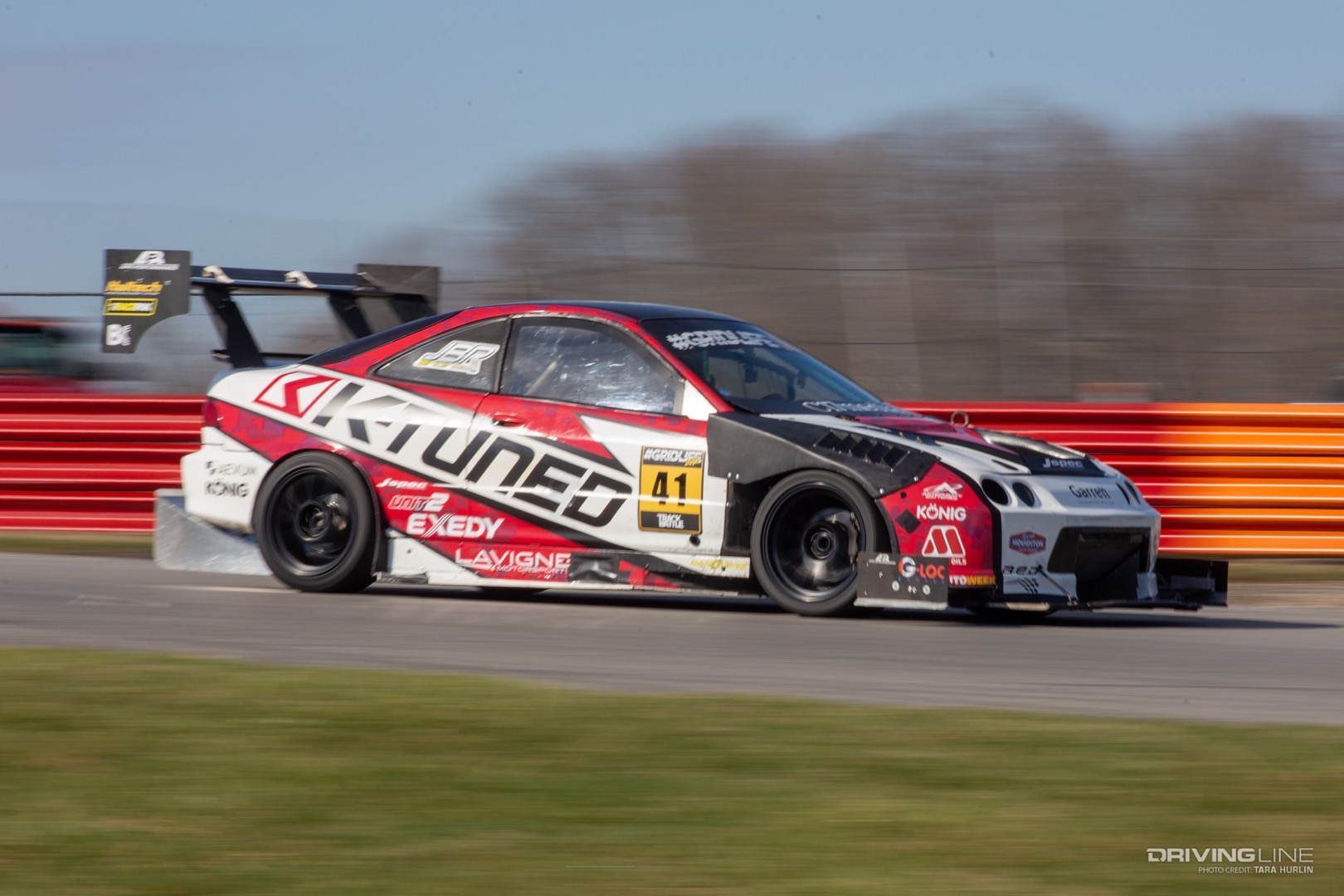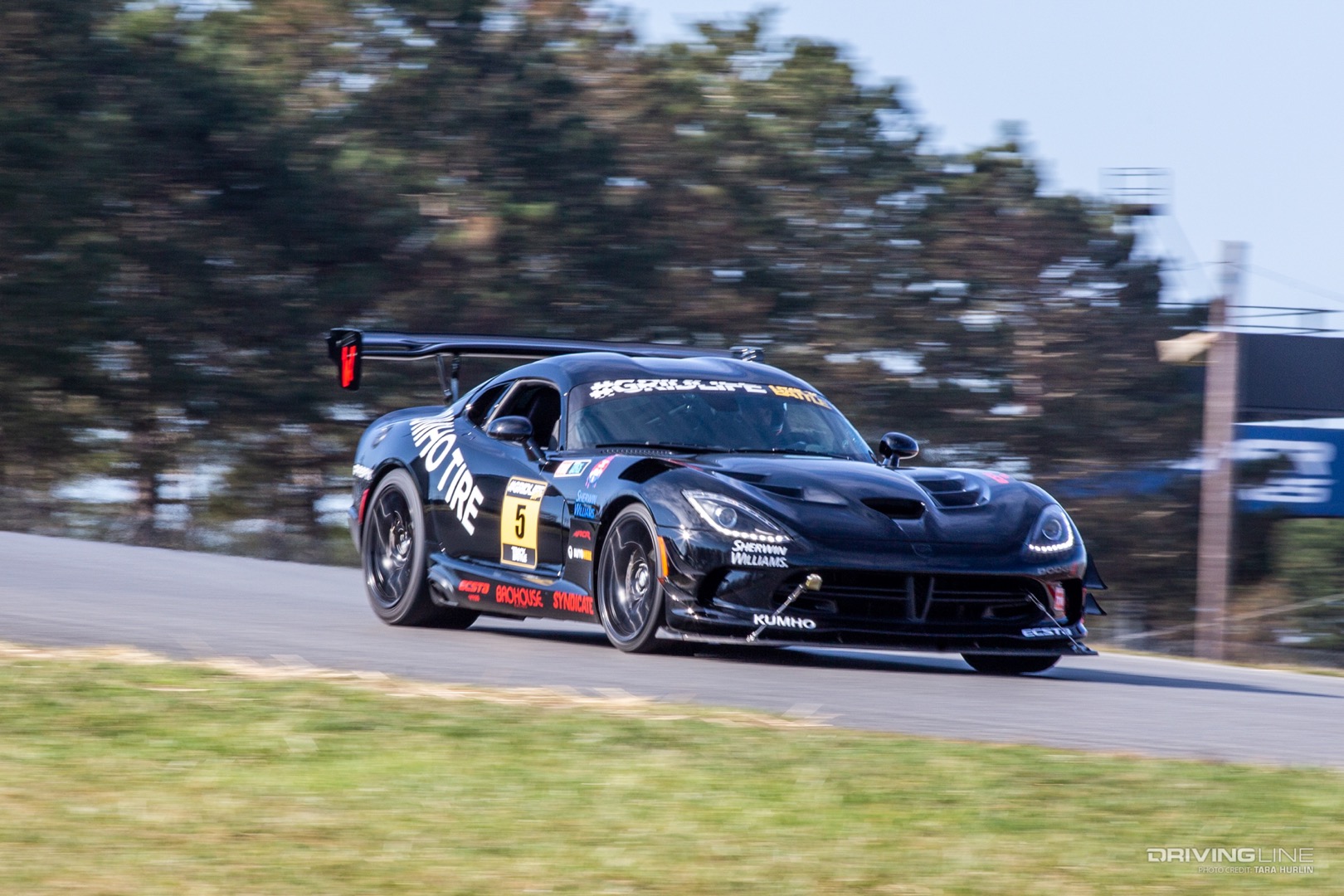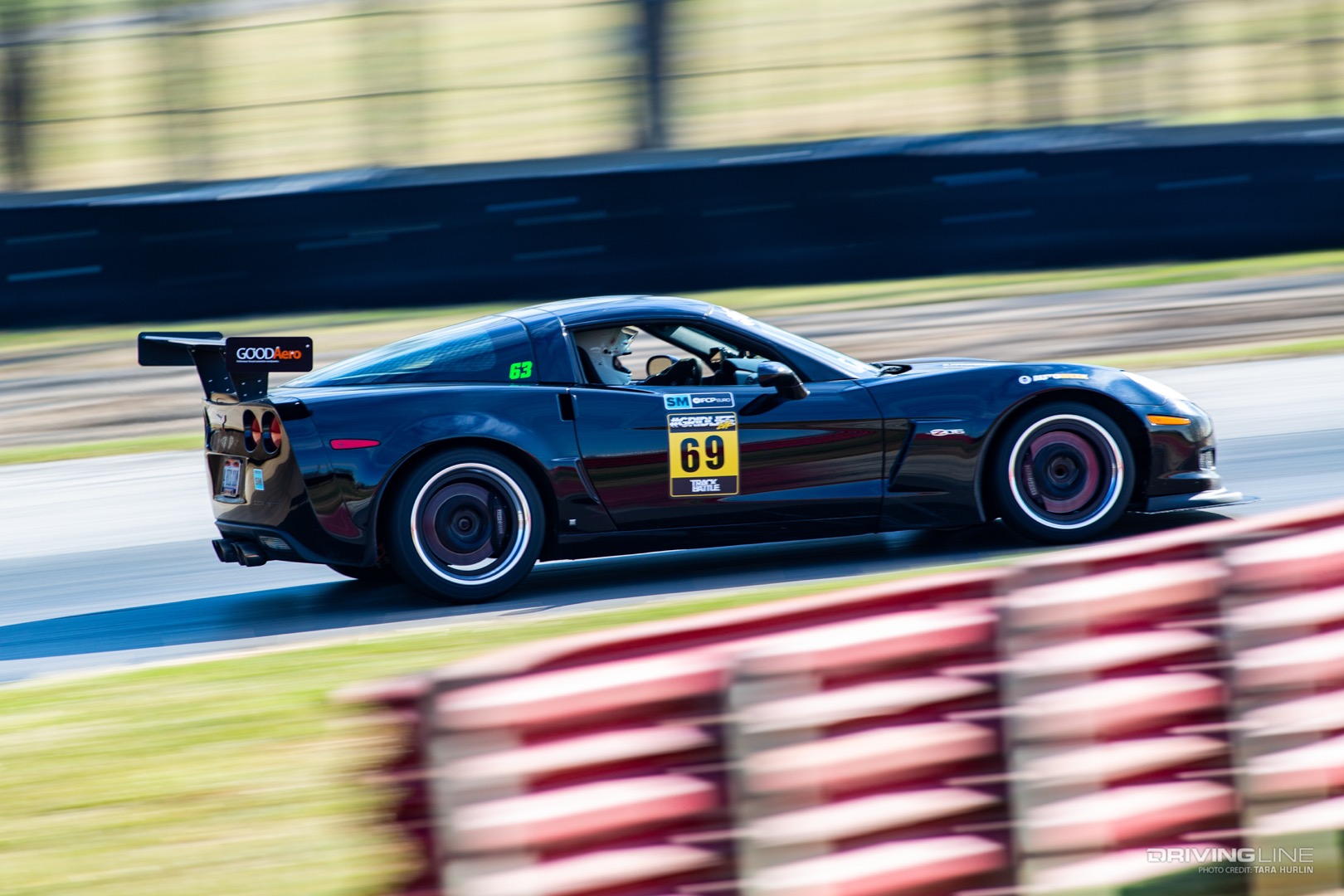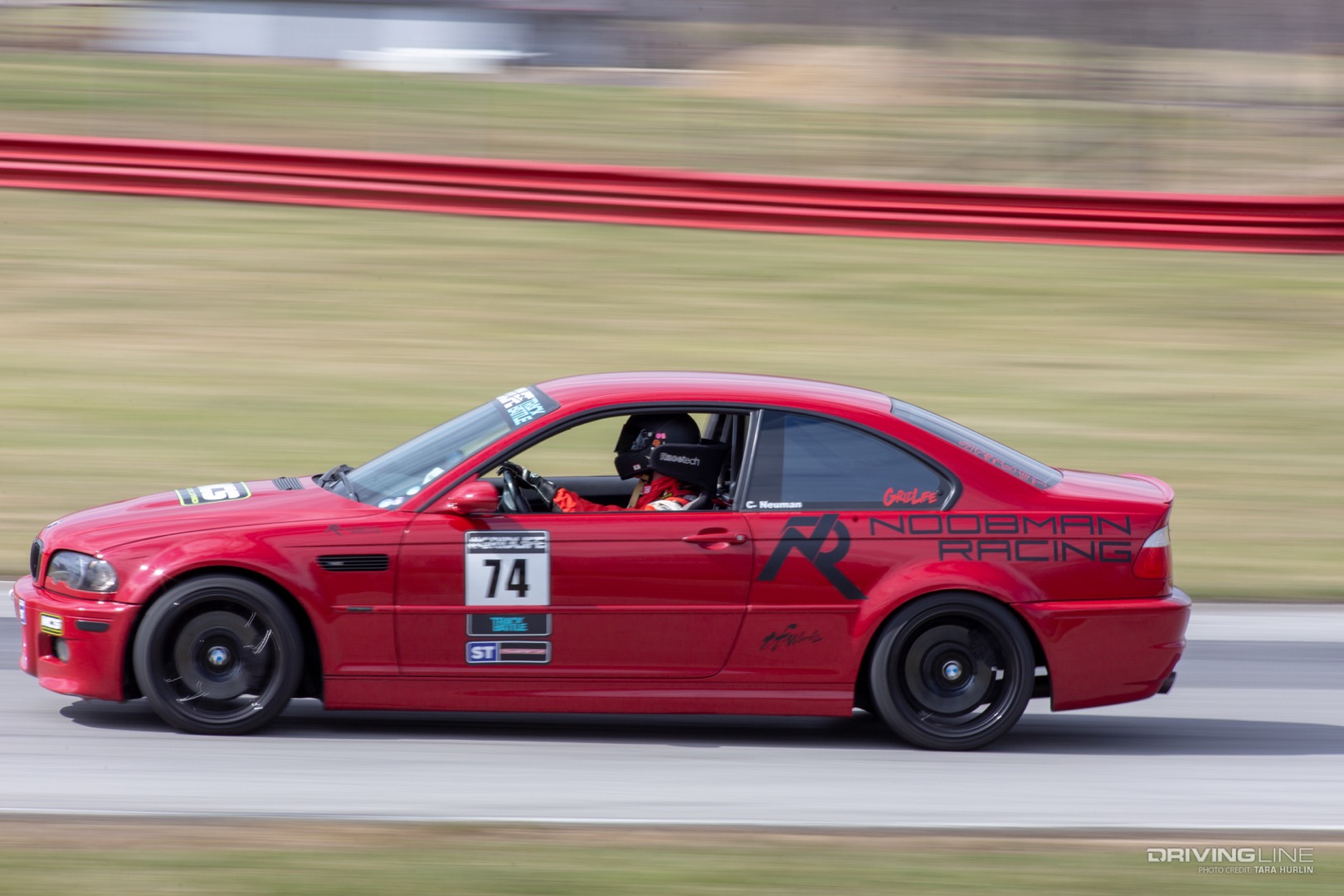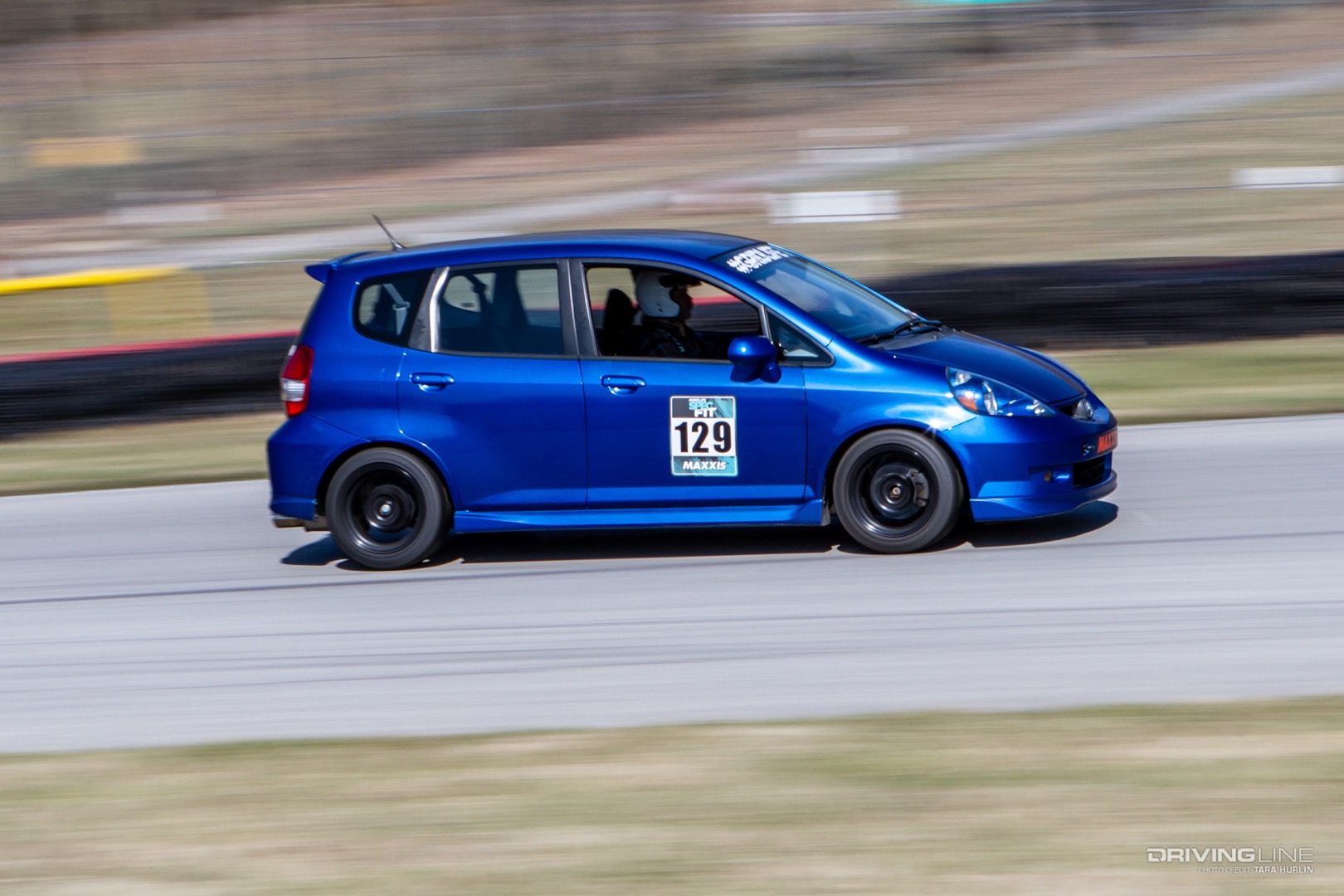Subaru has never been afraid to do things differently. Witness the cargo-bed terror of the Brat, or the "someone's definitely going to buy this" optimism behind the Baja 'ute. Would it surprise you to learn, then, that the Japanese brand didn't just confine its creativity to weird trucklets, but also poured its efforts into a series of unusual coupes throughout the formative '80s and '90s?
Of these, none have been more forgotten than the Subaru XT. Despite gobs of personality and ultra-low production numbers, this wedge-shaped oddball doesn't get nearly the same attention as the DSMs, Supras, RX-7s, and ZXs that were its peers.
Style Over Substance
Up until the mid-'80s, Subaru was known primarily for its utility-focused vehicles. The Justy, Brat and, to a lesser extent, GL (in wagon form) all had a practical side that overshadowed whatever fun image might have also been in the marketing mix.
Although the Brat had generated buzz, the automaker was looking to spark a fire in American import buyers that would potentially land them in the same sliver of the market that was taking chances with the slew of Japanese sports cars that were beginning to infiltrate U.S. roads.

The decision was made to bet big on Subaru's ace-in-the-hole: the low profile of its boxer engine designs. The company's horizontally-opposed four-cylinder motor allowed for it to be placed deep in a vehicle's engine bay, freeing up stylists to build a car with a eye-catching Bertone-inspired wedge body that would stand out from the pack.
Looking the Part
Featuring a drag coefficient of just 0.29, pop-up headlights and flush door handles, the Subaru XT looked like nothing else in the company's line-up. The trunk sat high—as did the curiously clunky greenhouse—with air deflectors at the wheels and an air dam at the front helping to make the coupe the most aerodynamic car in the world when it was released for the 1985 model year. The XT even featured a single windshield wiper that tucked discretely under the hood when not in use to prevent any disturbance of the vehicle's airflow.

The XT's cabin was even wilder. For reasons lost to time, Subaru designers felt compelled to attach a pair of blocky pods at the 9 and 3 positions on the steering wheel, and then fill them with buttons—18 in total. Add to that the L-shaped steering wheel spoke (with buttons of its own nestled into its arc), the thoroughly-awesome digital dashboard (complete with a vanishing-perspective orange outline of the road ahead) and a joystick shifter, and you had a recipe for either confusing or delighting fans of the until-now frumpy brand.
Where's the Beef?
If only the Subaru XT's mechanicals had been able to live up to the searing first impression made by its styling. With no real motorsports program underway at the time, engineers had to rely on off-the-shelf drivetrains like the 1.8L four-cylinder unit that would come standard with the coupe. Rated at a paltry 94hp, it was no match for the turbocharged threats being sold by its countrymen—not even when it gained a turbo of its own and added a mere 16 extra horsepower to the mix (although torque rose from roughly 100 lb-ft to 140 lb-ft).
Choosing the XT Turbo also added four-wheel disc brakes as well as an adjustable suspension system that allowed for driver-selectable ride height (the aspect of the car that has aged worse than perhaps any other). Four-wheel drive remained an option as a part-time system on Turbo cars that could be activated on the fly via a button at the top of the shifter (which controlled either a four-speed auto or five-speed manual gearbox). Eventually, non-Turbo models would also gain access to all-wheel drive.

Facing slow sales, in 1988 Subaru introduced the XT6, which swapped in a 2.7L flat-six to give the vehicle 145hp and 156 lb-ft of torque, and which required the lengthening of the front bodywork just a smidgen to accommodate the larger motor.
You could order the XT6 with either front-wheel drive or a new full-time all-wheel drive system, with the latter car retaining the height-adjustable suspension setup found on turbo models. It also featured an overly-complicated "Cybrid" adaptive steering system that relied on bespoke hydraulic fluid and a flotilla of finicky motors, pumps and sensors that very quickly went off the rails.
Echoes Through Time
The Subaru XT's dramatic styling would come to define the car, for both good and bad. Lacking the power to attract true enthusiasts, the XT was viewed more as a novelty than a legitimate sporty option, leading it to languish in showrooms. In its home market of Japan, where it was named the Alcyone after the brightest star in the Subaru brand's logo (the constellation of Pleiades), it was a total after-thought, with 8,000 units sold representing less than 10 percent of global lifetime production. In America, the company decided to completely skip the 1990 model year before calling it quits after 1991.

While the vehicle may not have had any impact on Subaru's reputation during its brief time on Earth, it did create a legacy that would continue for decades in the form of Subaru's XT trim level. Typically given to special versions of its popular crossovers and SUVs outfitted with turbochargers, it's a fair bet that not a single current Forester XT or Outback XT owner has any idea that the badge on the back of their vehicle is inspired by the most unique-looking Subaru ever built.



























